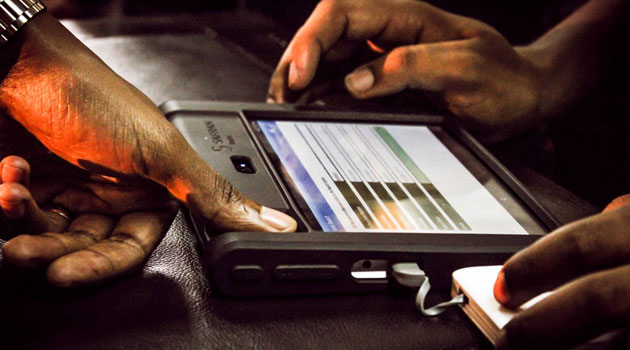
By Francis Monyango**
In 1927, Liberian opposition presidential candidate Thomas J Faulkner was confident of unseating the incumbent in the general elections. The Faulkner-led People’s Party had marshalled support from all corners of the country and across all classes of people. On Election Day, Faulkner received 9,000 votes in what was supposed to be a landslide win. In the end, Faulkner lost to the incumbent Charles D. B. King who received 243,000 votes in an election with only 15,000 registered voters! Charles D.B. King’s script has been replicated in many African states and in the year 2007, it was replicated in Kenya.
In 2007 General Elections, voting irregularities were the order of the day and the results were violently contested. Many lost their lives and hundreds of thousands had to flee from their homes. The international community mediation team led by former UN Secretary General Kofi Annan came and negotiated a power-sharing deal between the incumbent Mwai Kibaki and opposition candidate Raila Odinga thereby forming a national coalition government.
After the dust settled, a commission of inquiry was formed to look into the causes of the post-election violence that rocked the nation. Eminent South African judge Justice Johann Kriegler was appointed to chair this commission of inquiry. Part of the recommendations in the so-called ‘Kriegler Report’ was that Kenya should put in place an effective, transparent and efficient electoral system to ensure that elections are credible, free and fair. In the Constitution of Kenya 2010, Article 81 states that whatever electoral system that the electoral body adopts must be simple, accurate, verifiable, secure, accountable and transparent.
The Elections Act of 2011 provides for the use of biometrics in elections. Kenya purchased the first set of biometric voter registration kits in the year 2012 in the run-up to the 2013 General Elections. The kits were provided by Morpho Canada and their principal, Safran Morpho based in France. The system included the biometric voter registration system, a biometric voter ID system and a third-party technology that was to be used to transmit local vote results from the polling stations to the National Tallying Centre in Nairobi. These technologies failed massively during the election date. The failure of these kits featured prominently in the presidential election petition filed in the Supreme Court by the Coalition for Reforms and Democracy (CORD) led by opposition presidential candidate, Raila Odinga.
In this presidential election petition, CORD and others argued that the voters’ register was not credible as there were several other registers simultaneously in use by Independent Electoral and Boundaries Commission (IEBC). However, the Supreme Court ruled that a register is not a single document, but an amalgam of several parts. It can even take several forms as contemplated in Section 2 of the Elections Act, which states that such a register “includes a register compiled electronically”.
In 2016, Parliament amended the Elections Act to provide for a manual back-up system as an alternative to the biometric voter system allowed in the law. Other amendments to the electoral law related to procurement, registration and audit timelines. These tight timelines meant that IEBC had to use the direct procurement method which entailed waiving of standards inspections. As a result, the consignment of Kenya Integrated Elections Management System (KIEMS) kits shipped to Kenya by Safran Morpho for the forthcoming 2017 General Elections did not undergo inspection by Kenya Bureau of Standards (KEBS).
While biometrics have been lauded for their security, they are not fault proof. In 2013, these systems failed mainly because of most of the people handling them did not know how to operate them well. There are also cases of where biometrics have failed to detect fingerprints that have been copied. For instance, the recent ‘Vyapam scam’ in India which involved entrance examination run by Madhya Pradesh Professional Examination Board whereby qualified individuals pretended to be the real exam candidates and wrote the exam on behalf of the candidates despite fingerprint scanners being used before allowing access into the examination hall. The ‘fake’ candidates had copied the fingerprints of the ‘real’ candidates on a silicon film then wore the film on their thumbs. This happened in several hundred cases and it is an indication of how unreliable fingerprint identification could be.
Despite the shortcoming of biometrics, we must acknowledge that they play a big role in building trust in institutions that are involved in the electoral process. This trust is sorely needed by all to ensure peace and security before, during and after the voting exercise.
**Francis Monyango is Research Assistant, ICT at CIPIT. Follow him on twitter: @franc_monyango